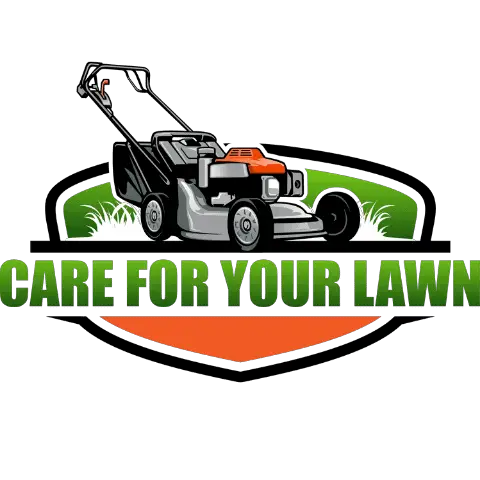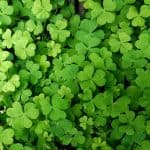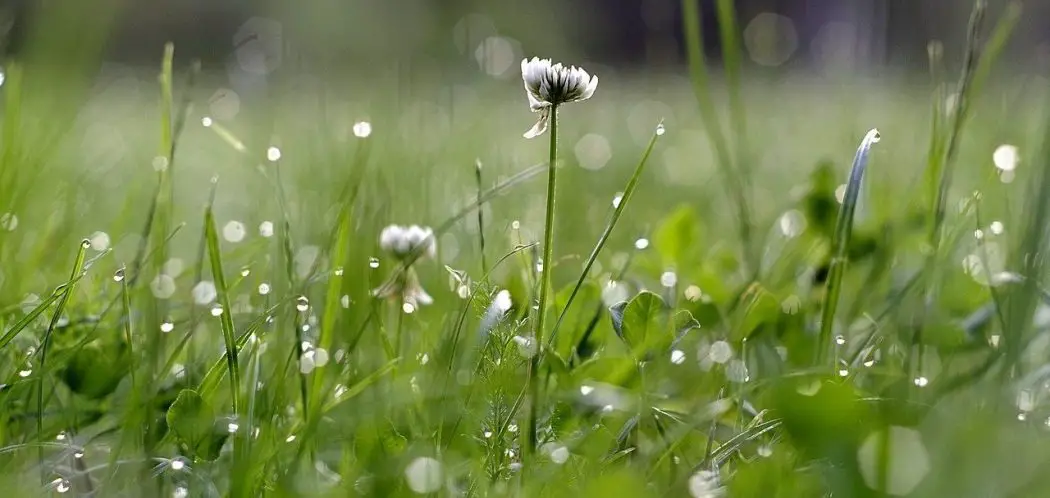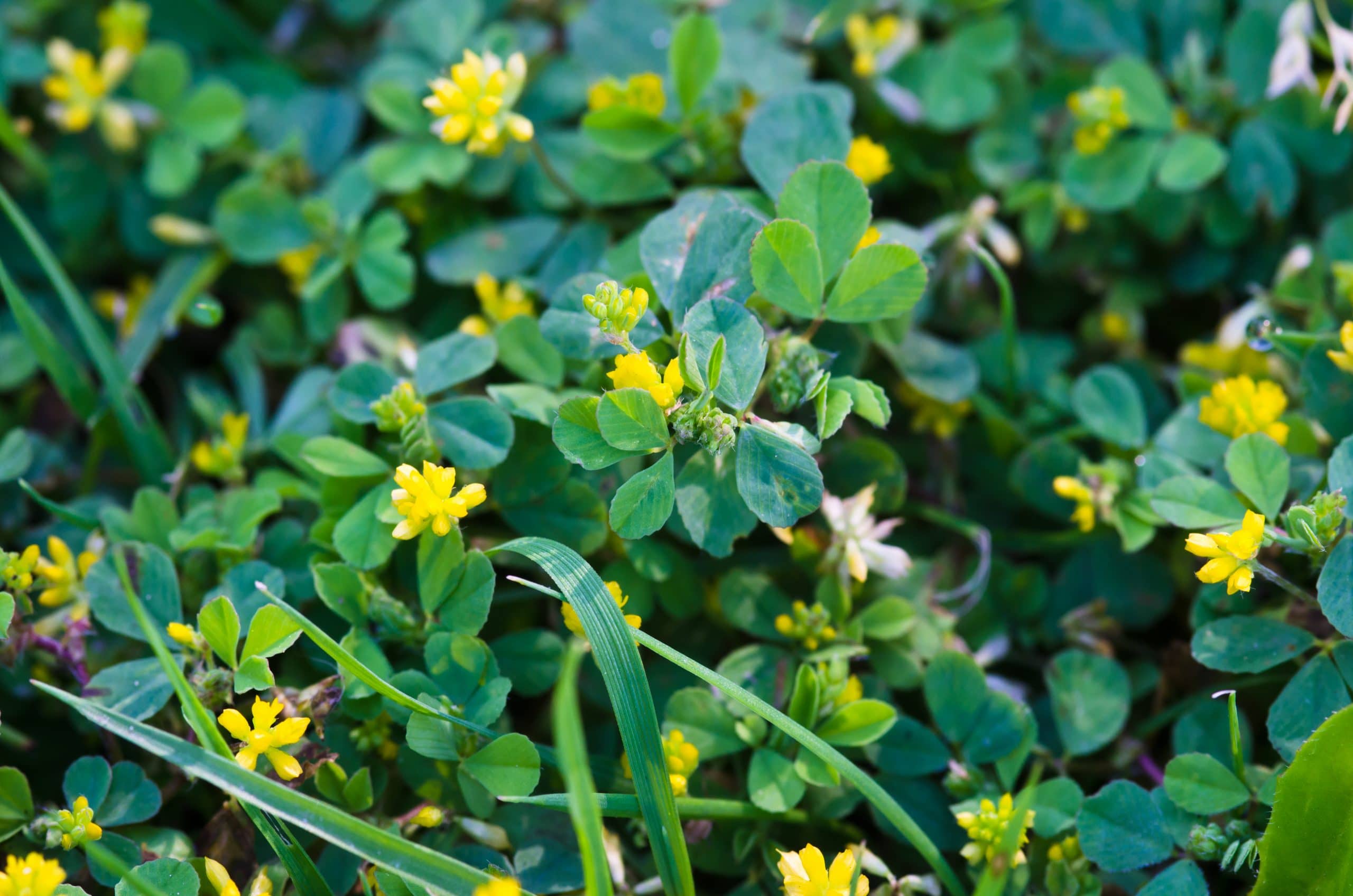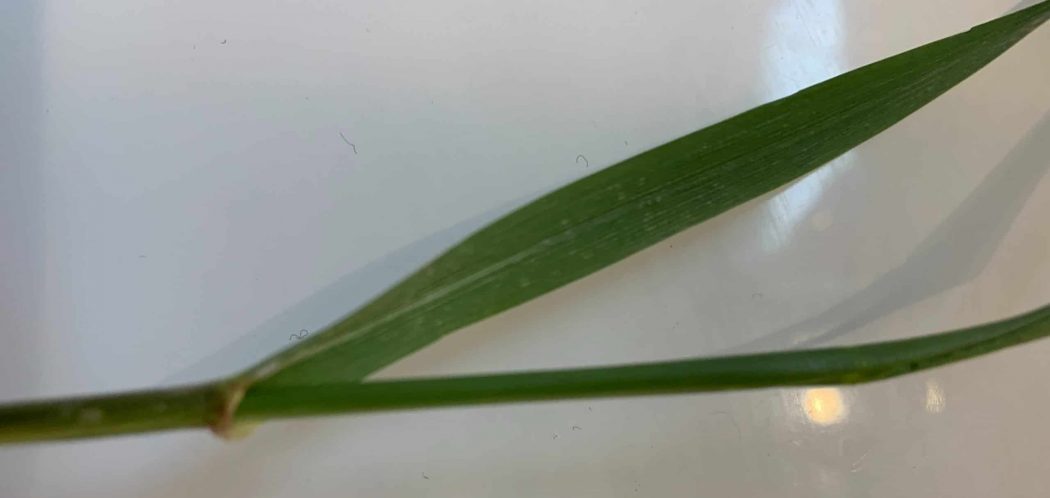You’re likely familiar with weeds such as dandelion and white clover, but you probably don’t know how to identify uncommon weeds that might growing in your garden.
Once you know what you are dealing with, it’s easier to find methods to effectively remove them from your yard.
Here are eight uncommon weeds you might find on your lawn.
Wild Violets
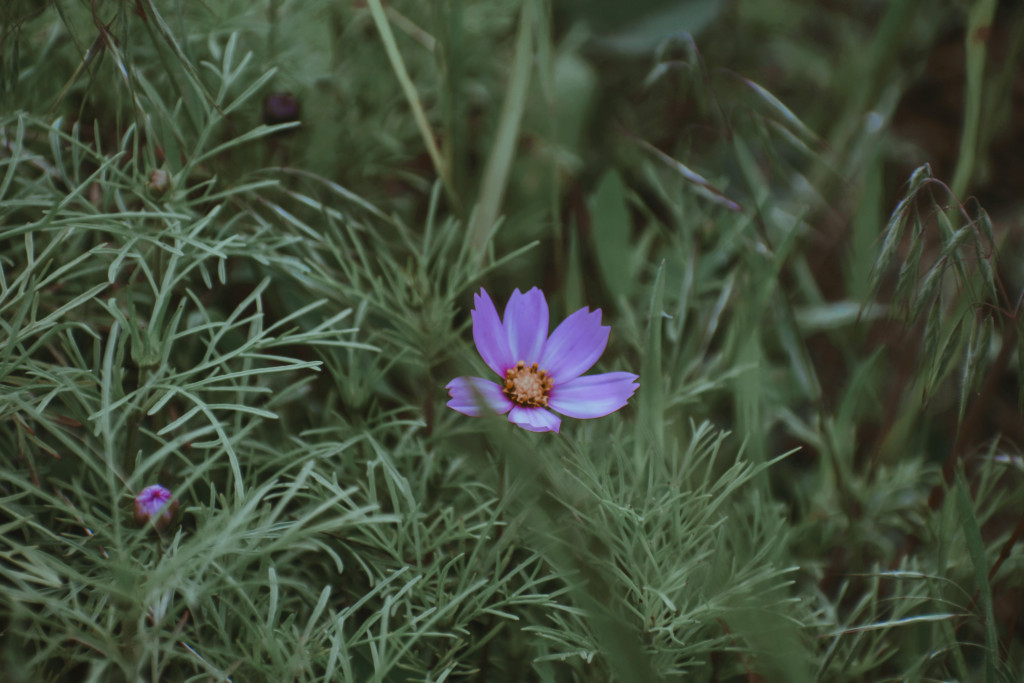
These flowers are often bright and vibrant.
They bloom during the spring, and are a beautiful little splash of color on grassy areas.
If you have wild violets growing on your lawn and don’t like the look of them, they are very easy to remove.
To remove wild violets, you could simply pull the plant up. This works best if it’s a smaller plant. To get rid of the weed, you need to make sure that you also are removing the root of the plant from the ground.
If you have a large patch of wild violets, or a patch of violets that continues to regrow after you have pulled up the weed, you can try to dig them out. Start to dig and loosen the dirt about a foot away from the center of the plant. Lift the weed out of the ground with a shovel or spade, making sure to take as many root pieces as you can.
Yarrow
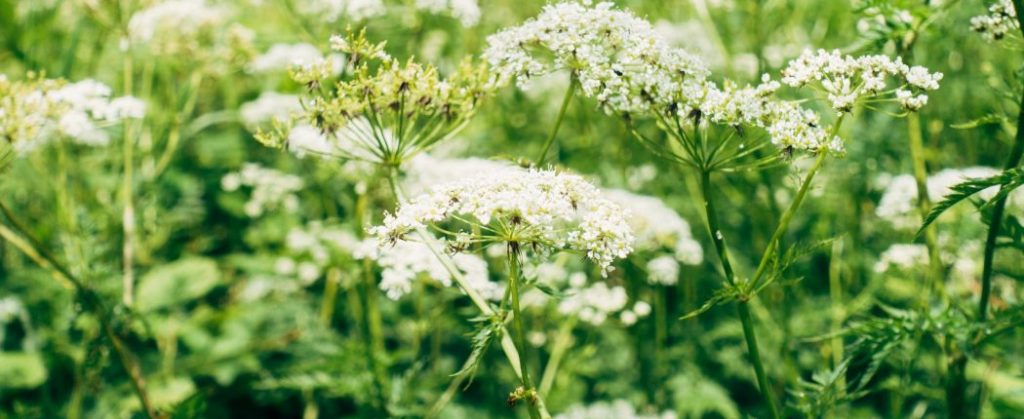
Yarrow is sometimes planted on purpose, but in native areas it can grow up as a weed, and ruin the look of a planned out yard or garden.
Yarrow is a long plant with large, almost flat blossoms, and has a grayish green color for the leaves and stem.
Because yarrow tends to grow tall and sturdy, pulling it up isn’t always the best option. If you are going to pull up a mature yarrow plant, make sure that you wait until the soil is damp. When you grab the yarrow, hold it at the base of the stem to ensure that you pull out as much of the root system as possible.
Using a shovel or a spade is also a great way to remove unwanted yarrow from your yard. Dig underneath the yarrow and loosen the dirt for about a foot around the base of the plant. Depending on how large the yarrow has gotten, you might need to dig a little deeper to really get all of the roots. Once you have the plant loosened, lift it up from below with your shovel or spade.
Bindweed
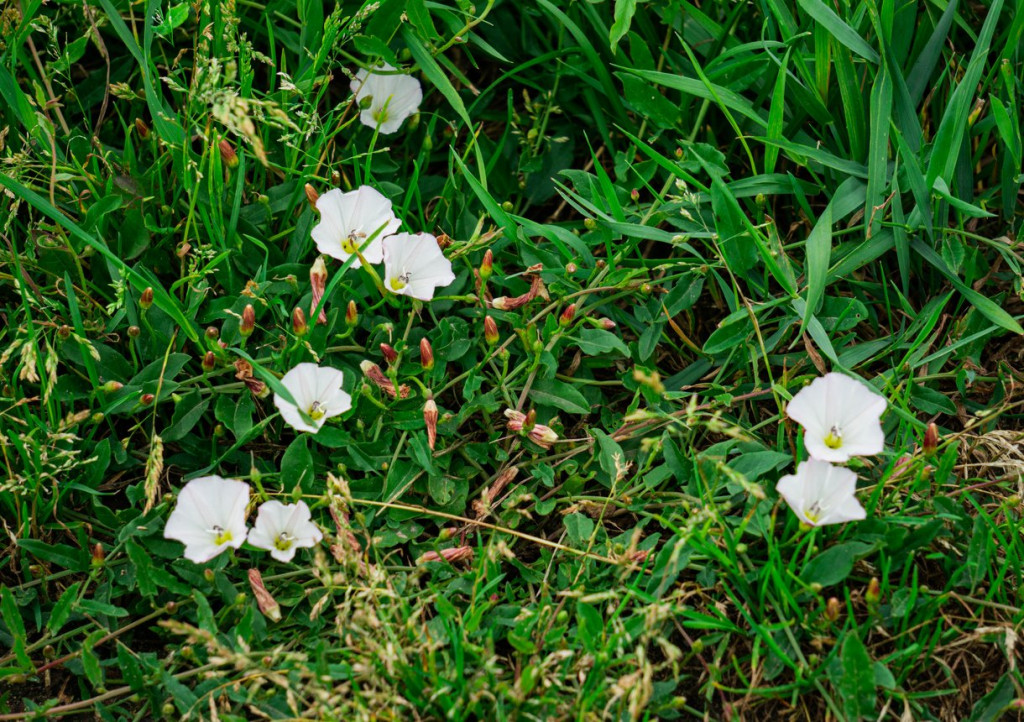
Bindweed is a vine that grows round, white or pink colored flowers.
They tend to grow on fences, but can be anywhere in your yard. This is a persistent weed, and will grow quickly. The root system on this plant can spread for up to 30 feet, depending on how large the plant has grown.
Digging is the best way to remove bindweed. Make extra sure that you are digging up all of the roots for this plant, as it will regrow if there are roots remaining. Dig around it and lift the plant out of the dirt from beneath. Lifting the plant from beneath it will greatly reduce the amount of roots that break off as you pull it from the ground.
It might also be a good idea to try and reduce reseeding in bindweed plants. You can reduce reseeding by simply cutting back the plant. When you cut the vines, make sure that you collect the clippings and dispose of them in your garbage can so that they don’t drop any seeds. Clipping the plant reduces the amount of seeds it has, and it will reduce the amount of energy that the plant can gather.
Sorrel
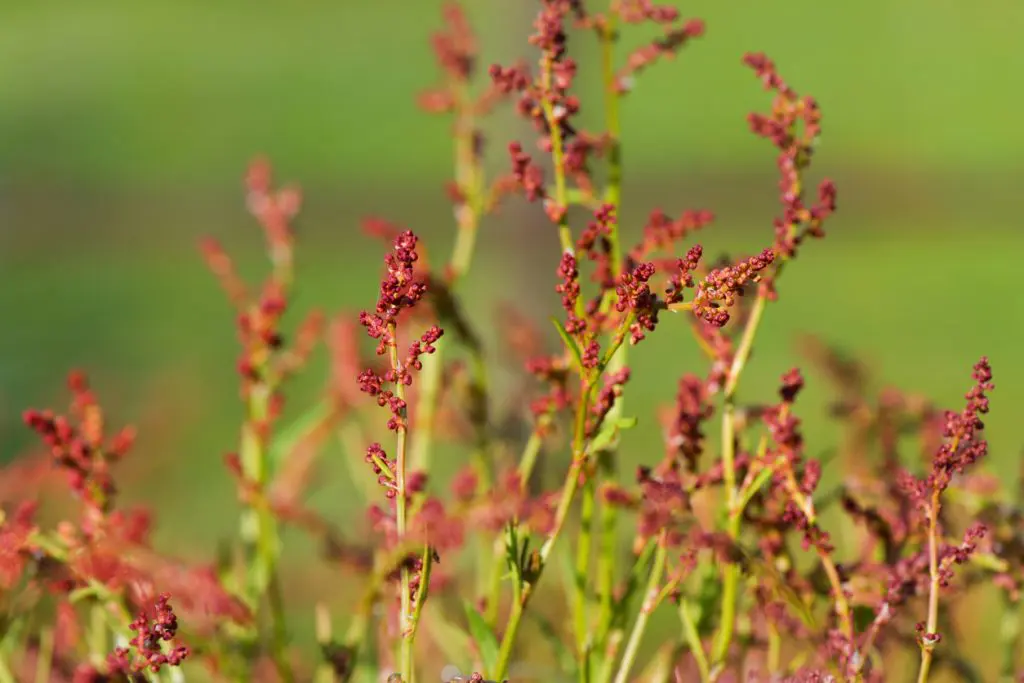
Sometimes referred to as sheep’s sorrel, this plant grows bright green stems and leaves, with small reddish buds. They spread through seeds and through buds that grow from their root systems.
You can easily pull young sorrel from the ground. Make sure that you are also using a spade when you pull them so that you are getting as much of the root system as you can. Sorrel can regrow from roots, so it’s very important that you are able to take them out. Pull the weed out of the ground by the base of its stem.
Reducing reseeding is also an effective way of ridding your garden of sorrel. If you have a large patch of sorrel, or a large mature sorrel plant, this is a great way to reduce it. Cut off the stems of the plant at their base with shears. You could also use a lawnmower to cut the sorrel. Gather all of the clippings and dispose of them in a plastic bag. If you leave the clippings on the grass, it will lead to more sorrel growing.
Wild Buckwheat
The leaves of wild buckwheat are flat and heart-shaped. Wild buckwheat produces very small green flowers that hold seeds.
Pulling these plants up will only work if they are young. Make sure that you are only pulling them out when the soil is wet, and you are grabbing the plant at its base before you pull it out of the ground. Young wild buckwheat should pull very easily from the ground.
If you have a larger area of wild buckwheat, you will need to use an herbicide. Wild buckwheat produces seeds very quickly, so acting fast with an herbicide is important if you want to get rid of the wild buckwheat in your yard.
When wild buckwheat is near other flowers that you want to keep, you will need to spray the herbicide carefully so that it does not harm the other plants. Try to spray the herbicide when the weather is hot and sunny, with a dry humidity and low wind speed. This will increase the effectiveness of the herbicide, and limit the amount that it spreads to other neighboring plants.
Prostrate Knotweed
This weed is fairly common, but can be hard to see on a grass lawn. You might even mistake it as part of a different weed. It is a dark green plant that has small white flowers in the late to mid summer. This plant tends to sit very low to the ground, and will blend in with grass when it is small.
Because this plant is so good at hiding in a garden, it’s important that you spot it when it is young. It will be easier to pull it out of the ground without harming your lawn or the other plants nearby.
If the prostrate knotweed in your yard is mature and large, you will probably not be able to effectively pull it from the ground. To get rid of mature prostrate knotweed, you will need to use an herbicide. Different herbicides might have their own instructions, but in general you should add some herbicide to the soil underneath the prostrate knotweed, and a few inches around it.
This can be difficult to do if the weed is surrounded by other plants, but it is the best way to effectively rid your garden of prostrate knotweed.
Henbit
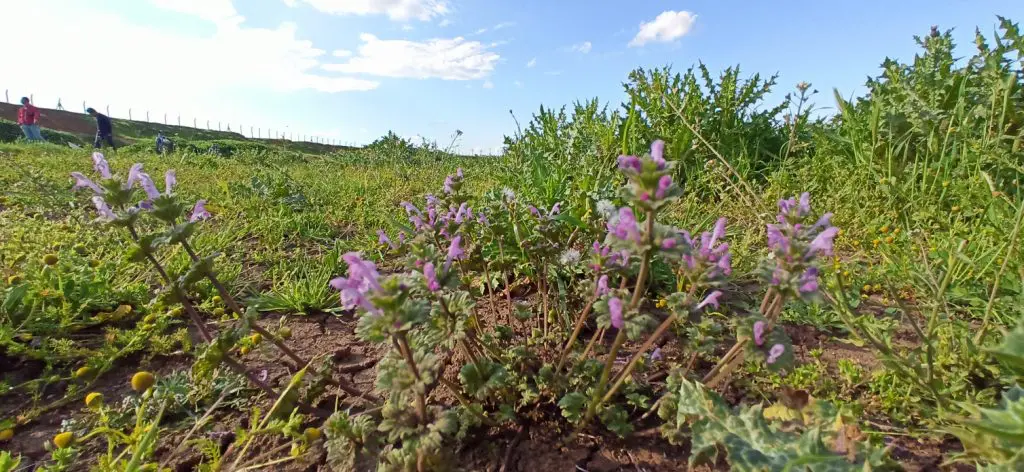
Henbit is a weed that is similar to mint. It grows annually in the spring. Henbit has small, roundish green leaves and small purple flowers. The stems tend to grow long when the plant is mature.
If you have henbit in your yard, you can remove it by pulling it from the ground. If you have not yet started to landscape your yard, you can easily remove henbit by raking the ground after you pulled the weed out. Raking the yard will help to remove any leftover roots from when it was pulled.
The good news is that henbit is easy to deter if you have mulch in your garden. Using mulch for flower beds and landscaping is a great way to ensure that you won’t have problems with henbit taking root among your flowers. If you just rid an area of henbit, adding some mulch to the ground will help to ensure that it does not regrow.
Nimblewill
This is a tall grass that grows naturally. Usually, when you are planting a lawn, you would use turf grass and not nimblewill. If you have nimblewill sprouting up in your yard, it will make your turf grass look disorderly, uneven, or patchy. Since nimblewill is a grass weed, you will want to catch it early before it takes over your yard.
The best way to remove nimblewill from your yard is by simply pulling it up. This can be difficult to do if you have a large patch of nimblewill, but if it is mixed in with your turf grass, any method other than pulling will also remove or damage your turf grass.
When you pull up nimblewill, make sure that you choose a day that the soil is damp. This makes the soil softer and looser, and reduces the risk of roots breaking off from the plant as you pull up. Grab the nimblewill by the base of the plant, close to where it meets the soil, and pull up firmly to make sure you get as much of the root system as you can.
